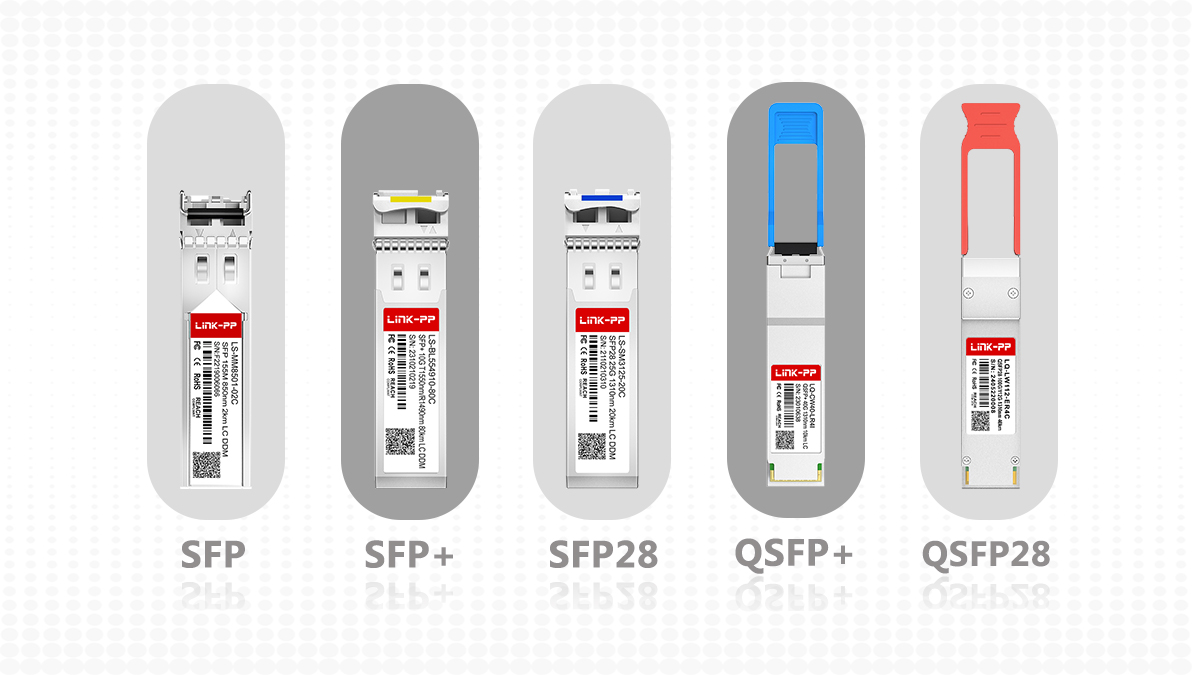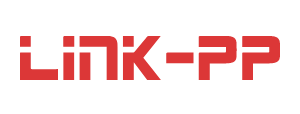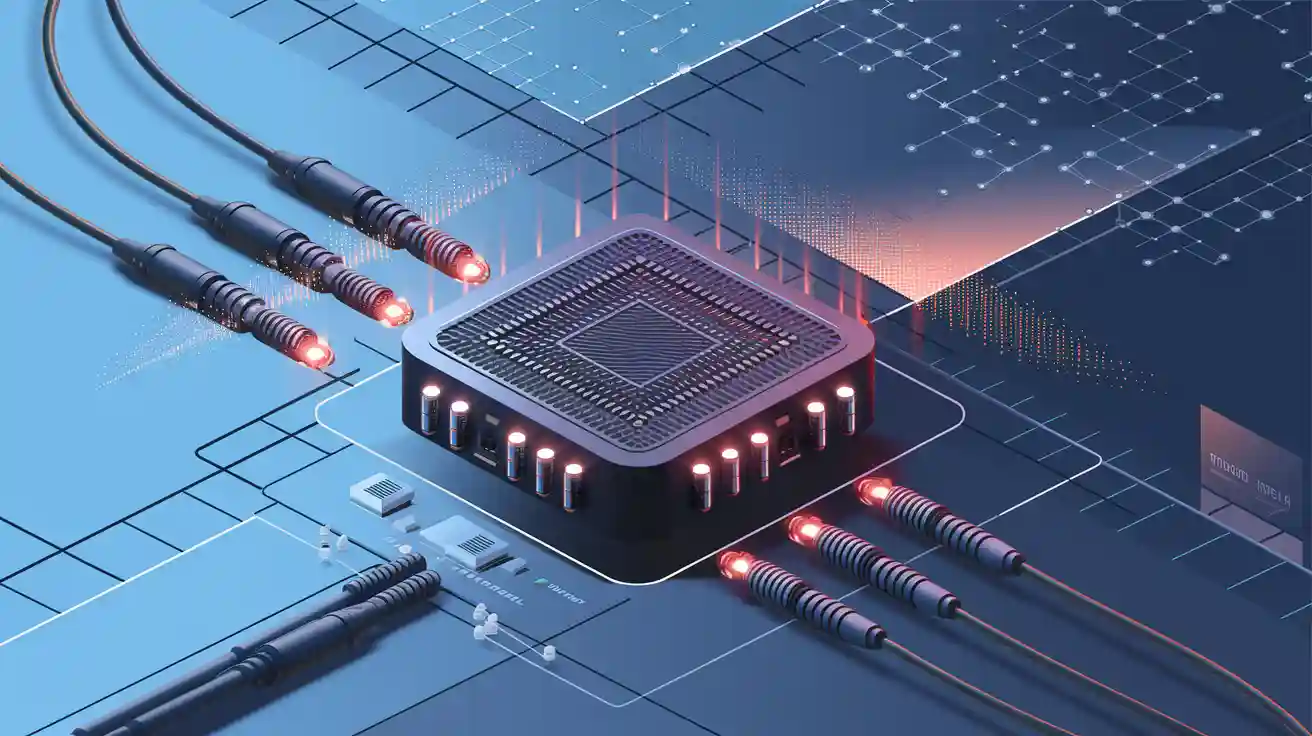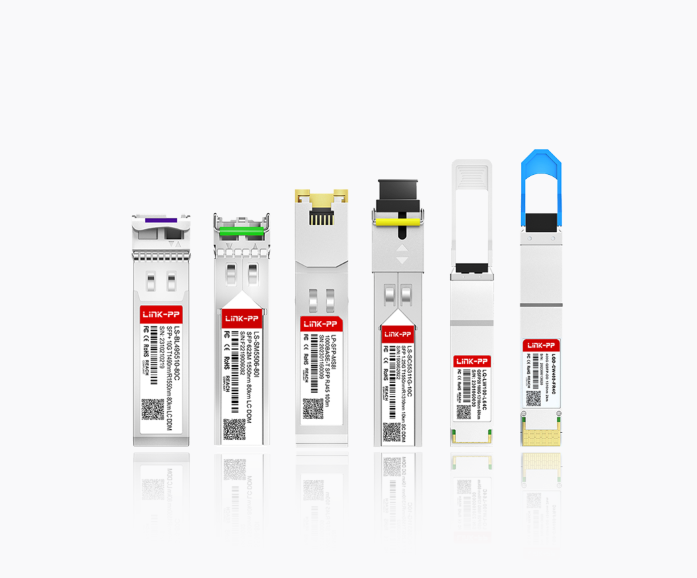
In the world of high-speed networking, optical transceivers play a critical role in enabling data transmission across fiber optic networks. Among the most widely used form factors are SFP, SFP+, SFP28, QSFP+, and QSFP28. While these modules may look similar at first glance, they differ significantly in terms of performance, application, and compatibility. In this blog, we’ll break down their distinctions across multiple dimensions to help you choose the right optical transceiver for your needs.
Overview of Optical Transceiver Form Factors
What Are Optical Transceivers and Their Form Factors?
An optical transceiver is a device that converts electrical signals into optical signals and vice versa, enabling data transmission over fiber optic cables. These modules are essential for modern networking, as they facilitate high-speed communication between devices. Optical transceiver modules come in various form factors, which define their physical size, shape, and compatibility with networking equipment.
Form Factor | Data Rate | Description |
|---|---|---|
GBIC | Up to 1 Gbps | First standard for hot-swappable transceivers. |
SFP | Up to 4 Gbps | Smaller version of GBIC, widely adopted. |
SFP+ | Up to 10 Gbps | Enhanced version of SFP, still dominant. |
QSFP | Up to 4 Gbps | Quad-channel transceiver for higher rates. |
QSFP+ | Up to 40 Gbps | Dominant for 40 Gbps data rates. |
QSFP28 | Up to 100 Gbps | Standard for 100G applications. |
Importance of Form Factors in Networking
Form factors play a critical role in networking. They determine compatibility with switches, routers, and other hardware. Choosing the right form factor ensures seamless integration and optimal performance. Smaller form factors, like SFP, save space and reduce power consumption, while larger ones, like QSFP28, support higher data rates for demanding applications.
Comparison of Different Types of Optical Transceivers
SFP
The small form-factor pluggable (SFP) transceiver is one of the most widely used optical transceiver modules in networking. Its compact design makes it ideal for environments where space is limited. SFP modules support data transfer speeds of up to 4 Gbps, making them suitable for applications like Ethernet and Fiber Channel networks.
Features:
Hot-swappable design: You can replace SFP transceiver without shutting down the system.
Versatile connectivity: Supports both single-mode and multi-mode fiber optic cables.
Low power consumption: Standard SFP modules consume approximately 1W, ensuring energy efficiency.
Advantages:
Cost-effective: SFP transceiver modules are affordable and widely available.
Compatibility: They work seamlessly with various networking equipment, including switches and routers.
Scalability: Their modular design allows you to upgrade or expand your network easily.
Applications:
SFP modules are commonly used in enterprise networks, campus networks, and telecommunications. Their flexibility makes them suitable for connecting switches, routers, and servers in environments with moderate bandwidth requirements.
SFP+
The enhanced small form-factor pluggable (SFP+) transceiver builds on the SFP design, offering higher data transfer speeds of up to 10 Gbps. It is widely adopted in modern networks due to its ability to handle increased bandwidth demands.
Features:
Improved thermal performance: SFP+ modules manage heat better than their predecessors.
Compact design: Maintains the small footprint of SFP modules while delivering enhanced performance.
Energy efficiency: Consumes slightly more power (~1-2W) compared to SFP but remains efficient.
Advantages:
High-speed connectivity: Ideal for applications requiring faster data rates, such as data centers and cloud computing.
Backward compatibility: Works with existing SFP ports, simplifying upgrades.
Reliability: Adheres to strict industry standards, ensuring consistent performance.
Applications:
SFP+ modules are commonly used in high-speed Ethernet networks, storage area networks (SANs), and data centers. They are particularly beneficial for organizations looking to scale their operations without overhauling their infrastructure.
SFP28
The SFP28 transceiver is designed for next-generation networks, supporting data transfer speeds of up to 25 Gbps. It is a significant upgrade from SFP+ and is optimized for high-speed applications.
Features:
Enhanced signal integrity: Low insertion loss (~1.8 dB) and return loss (< -12 dB) ensure reliable performance.
Space-efficient design: Occupies less space compared to dual-fiber modules.
Energy efficiency: Consumes less power, aligning with sustainability goals.
Advantages:
Cost efficiency: Lower installation and maintenance costs compared to traditional modules.
Scalability: Supports high-speed applications without requiring extensive infrastructure changes.
Versatility: Works well in both short-range and long-range networking scenarios.
Applications:
SFP28 modules are ideal for data centers, enterprise networks, and telecommunications. Their ability to handle high-speed data transmission makes them suitable for applications like 5G networks and high-performance computing.
QSFP+
The quad small form-factor pluggable (QSFP+) transceiver supports data rates of up to 40 Gbps, making it a popular choice for high-speed networking environments.
Features:
Multiple lanes for parallel transmission: QSFP+ modules use four lanes of 10 Gbps each to achieve 40 Gbps.
Compact form factor: Optimizes rack space utilization in data centers.
Energy efficiency: Operates within a power envelope of 7–12 watts.
Advantages:
High bandwidth capacity: Meets the demands of modern applications like cloud computing and AI.
Backward compatibility: Integrates seamlessly with existing QSFP-based infrastructure.
Scalability: Allows for network expansion without significant system overhauls.
Applications:
QSFP+ modules are widely used in data centers, high-performance computing (HPC), and enterprise networks. Their ability to handle large-scale data traffic makes them essential for modern networking.
QSFP28
The QSFP28 transceiver is the standard for 100G applications, offering unmatched speed and reliability. It supports data rates of up to 100 Gbps, making it indispensable for high-performance networks.
Features:
Four lanes of 25 Gbps: Achieves 100 Gbps through parallel transmission.
Superior data integrity: Maintains near-zero error rates even over long distances.
Hot-swappable design: Simplifies maintenance and reduces downtime.
Advantages:
High-speed connectivity: Ideal for data centers and enterprise networks requiring significant bandwidth.
Energy efficiency: Consumes less power compared to copper DACs, reducing operational costs.
Future-proof design: Scalable to meet the demands of next-generation applications.
Applications:
QSFP28 modules are used in large-scale data centers, telecommunications, and cloud computing environments. Their ability to maintain data integrity over long distances makes them crucial for geographically dispersed networks.
Conclusion
Choosing the right optical transceiver form factor depends on your network’s speed requirements, distance, power budget, and scalability goals. SFP/SFP+ modules remain popular for cost-sensitive 1G/10G deployments, while QSFP28 dominates in 100G/400G ecosystems. Always verify compatibility with your existing hardware and plan for future upgrades!
By understanding these differences, you can optimize your network’s performance while keeping costs in check. Whether you’re deploying a small office network or a hyperscale data center, the right optical transceiver makes all the difference.
See Also
The Importance Of Digital Monitoring In Optical Transceivers
Exploring TOSA's Role In Optical Modules And Its Significance




